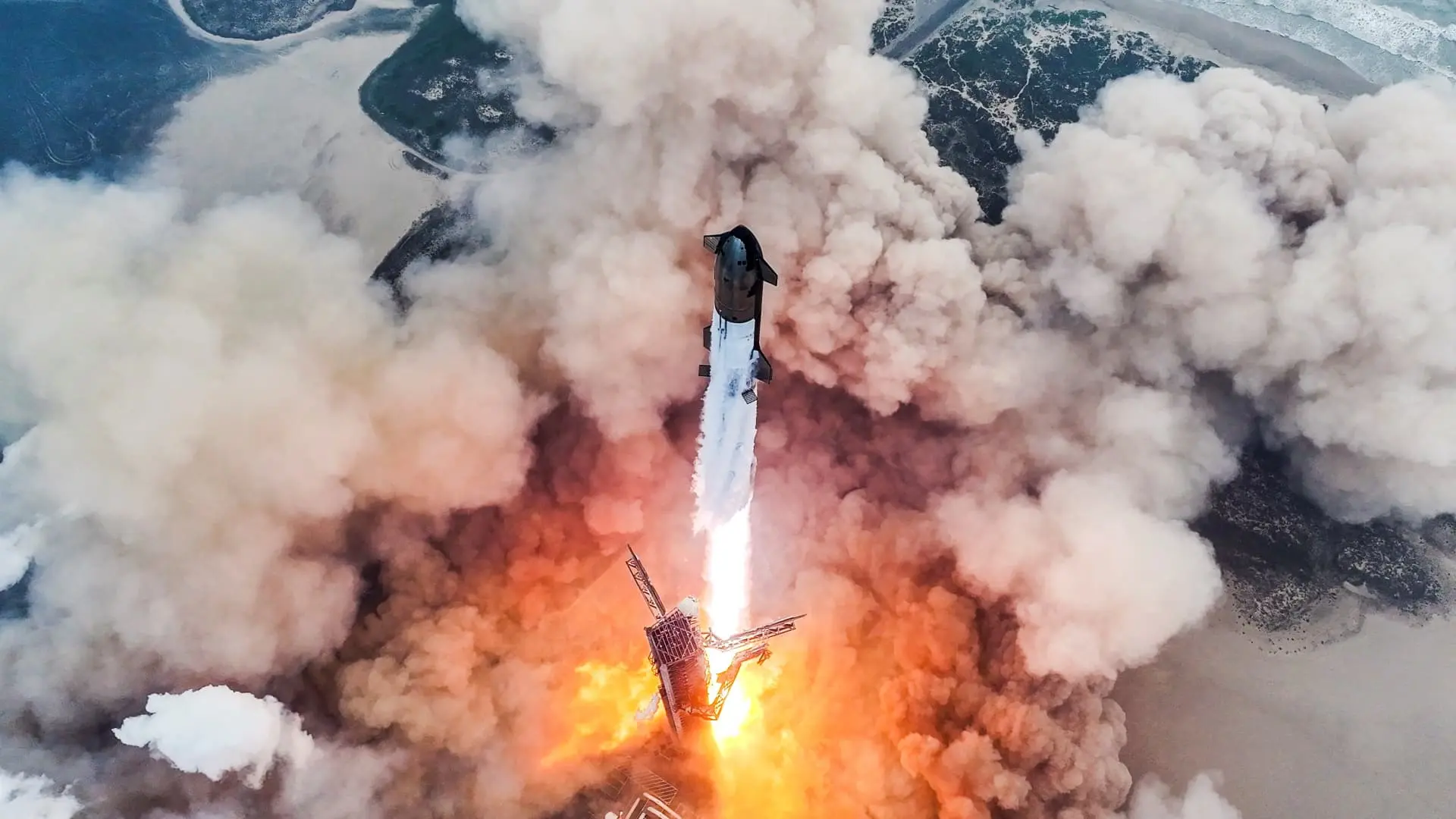SpaceX repeatedly polluted waters in Texas this year, regulators found
SpaceX repeatedly polluted waters in Texas this year, regulators found

www.cnbc.com
SpaceX repeatedly polluted waters in Texas this year, regulators found

Needs confirmation
SpaceX repeatedly polluted waters in Texas this year, regulators found

SpaceX repeatedly polluted waters in Texas this year, regulators found

Needs confirmation